[ENG-SPN] Picturesque Spain has a name: Castrillo de los Polvazares / La España pintoresca tiene nombre: Castrillo de los Polvazares
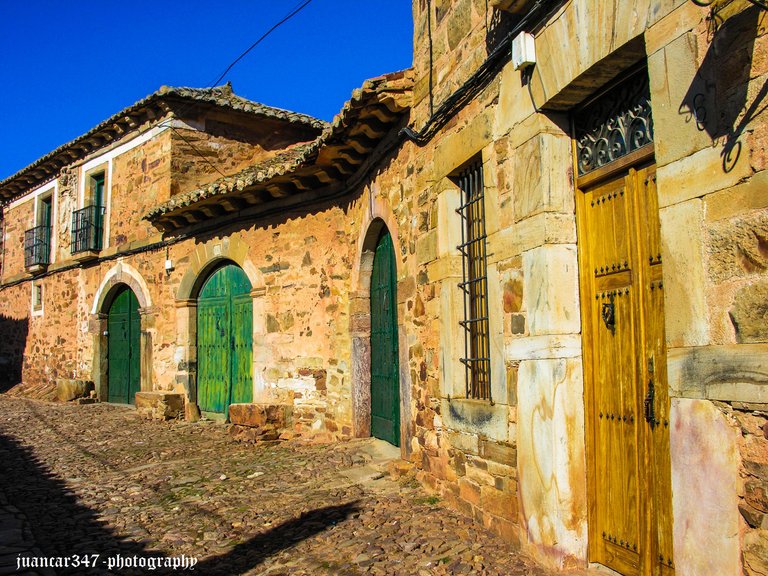
One of the most beautiful and transitory towns, notably picturesque in that eminently road-based Spain, situated on the metaphorical Pillars of Hercules of its long-lived and ancestral Traditions, is, I have no doubt, that surprising plot of land, of Castilian-Leonese origins, which, known by the name of Castrillo de los Polvazares, could also be considered the heart, if not the soul, of another of the innumerable regions of a Magical Spain, which, as a certain writer very judiciously stated, reluctantly refuses to die: the Maragatería.
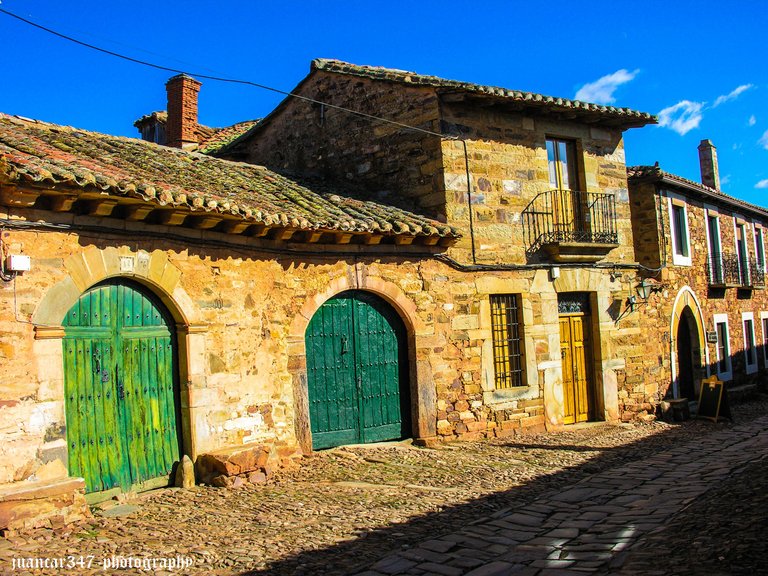
Land, on the other hand, of knights, perhaps less visionary, but certainly no less persevering than the universal Don Quixote of La Mancha, let's say, for example, that we are talking about Don Suero de Quiñones and his obstinate self-denial in the famous story of the Honorable Step, Castrillo de los Polvazares, also stands out for being, comparatively and therefore, hatefully speaking, like that lurking spider, which weaves, with masterful solvency, a web, which irrevocably traps the hungry traveler, tempting him. with the irresistible quality of its star dish, the maragato’s cooked: the one that begins with consistency and ends with the soup.
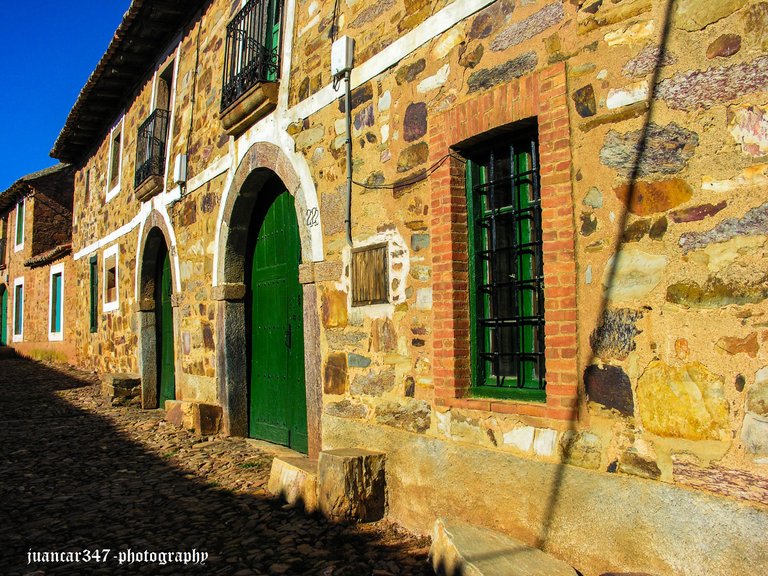
Uno de los pueblos más bonitos y de paso, notablemente pintorescos de esa España eminentemente caminera y asentada en las metafóricas Columnas de Hércules de sus longevas y ancestrales Tradiciones, es, no me cabe ninguna duda, ese sorprendente solar, de orígenes castellano-leoneses, que, conocido con el nombre de Castrillo de los Polvazares, podría considerarse, además, como el corazón, cuando no el alma, de otra de las innumerables regiones de una España Mágica, que, como afirmó muy juiciosamente cierto escritor, se niega renuentemente a morir: la Maragatería.
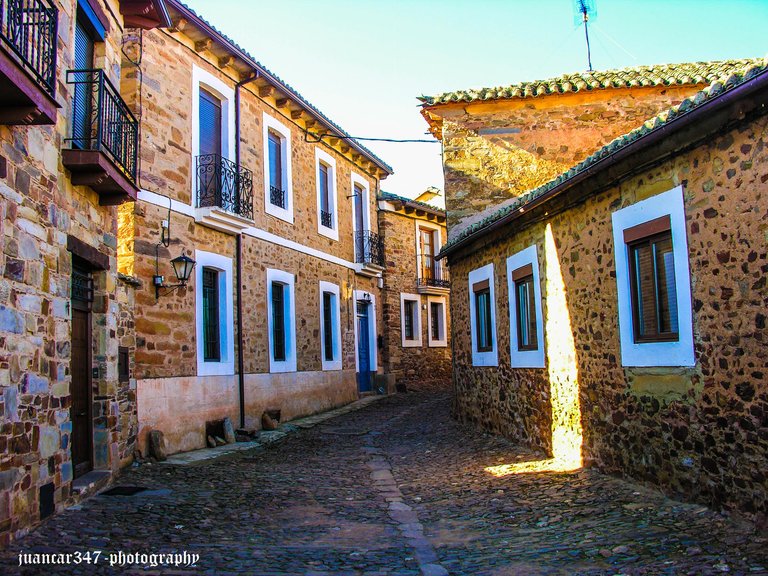
Tierra, por otra parte, de caballeros, quizás menos visionarios, pero desde luego, no menos perseverantes que el universal Don Quijote de la Mancha, pongamos, por caso, que hablamos de Don Suero de Quiñones y su obstinada abnegación en la famosa historia del Paso Honroso, Castrillo de los Polvazares, destaca, además, por ser, comparativa y por lo tanto, odiosamente hablando, como esa araña al acecho, que teje, con magistral solvencia, una tela, que atrapa, irremisiblemente, al hambriento viajero, tentándole con la irresistible calidad de su plato estrella, el cocido maragato: aquél que comienza por lo consistente y termina con la sopa.
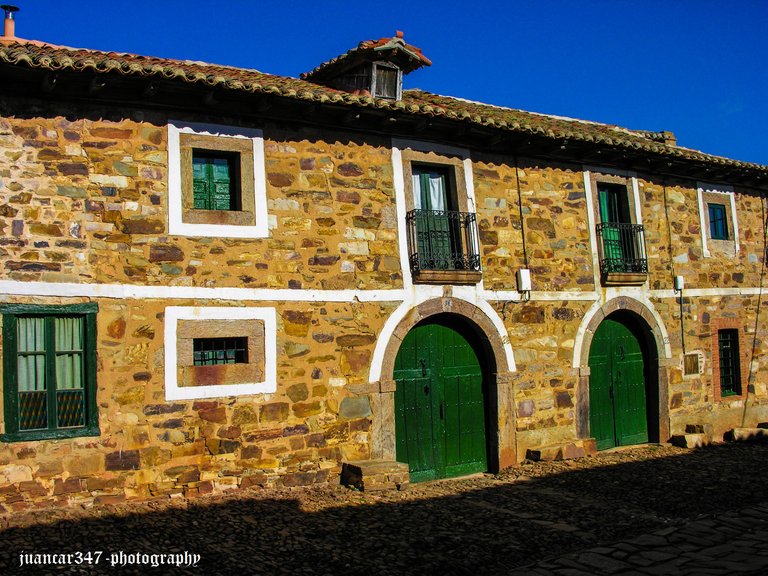
NOTICE: Both the text and the accompanying photographs are my exclusive intellectual property and are therefore subject to my Copyright.
AVISO: Tanto el texto, como las fotografías que lo acompañan, son de mi exclusiva propiedad intelectual y por lo tanto, están sujetos a mis Derechos de Autor.
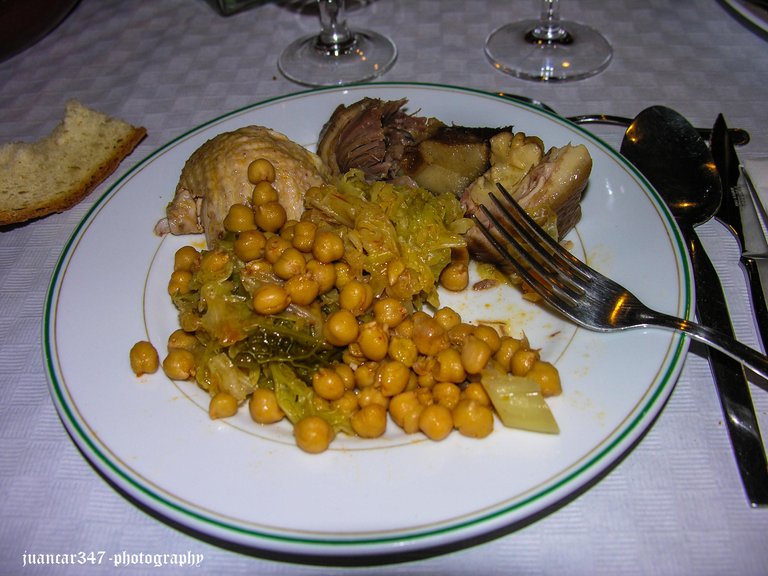
Amazing structure of the building. 😊
Thank-you very much
You're welcome. 😊
Que buen banquete mi hermano
Que ha comido el peregrino
De seguro que hubo vino
Con esa carne y el grano
Me desperté muy temprano
Y me encontré en Polvazares
Alejado de estos mares
Y me dio gran arrebato
Por un plato maragato
Para quitar mis pesares.
Saludos mi hermano, son las 5 y media aquí, ya usted debe ir para el almuerzo, pero yo haré café y saldré a trabajar, que tengas un feliz día, mi hermano.
Aun temprano, siempre hay que despertar con energía y preparado para el combate que nos ofrece cada día, pana y en ese sentido, observo, complacido, que eres un As. Hubo vino, claro que sí, sobre todo porque, veníamos de un duro tramo del Camino, haciendo al revés ese trecho fascinante que baja desde ese viejo bastión templario de Ponferrada a la Meseta y el cocido, acompañado por su correspondiente vino, no sólo nos hizo recuperar otra vez la circulación en vena (a pesar de sol que ves en las fotos, era enero y hacía un frío que pelaba) sino que aportó las calorías suficientes para continuar viaje por los en ocasiones cansinos escenarios castellanos. Feliz sábado, pana.
This building is an amazing work of art. I love the door and bricks. Also, your dish looks yummy
It is one of the most beautiful and interesting towns in Spain.
👏 Keep Up the good work on Hive ♦️ 👏
❤️ @sirenahippie suggested sagarkothari88 to upvote your post ❤️
🙏 Don't forget to Support Back 🙏
Thank-you very much
@juancar347, you are most welcome!
Please Support Back
Here is !ALIVE token gift for you
¡Que calles tan preciosas! Hermoso lugar y bellas fotografías.
Saludos @juancar347
Muchas gracias. Es un pueblo realmente bonito, con su arquitectura tradicional prácticamente intacta y muchos atractivos culturales añadidos. Saludos.
https://twitter.com/lee19389/status/1791932762384945541
#hive #posh
So this dish of food is cocido maragato, I suppose you eat the soup afterwards to continue with the tradition.
I like when you talk about DON QUIXOTE, without a doubt a visionary man.
Some people assume that being a visionary is guessing the future, I consider it to be working and persevering so that our dreams come true.
A hug
I believe that visionary is understanding the world around us from another point of view, but I respect all opinions. The cocido maragato is like the traditional Madrid stew, with the only difference that it is eaten the other way around: first you eat the most consistent, then the chickpeas and finally the soup. This comes from the times of the Napoleonic Wars, when it was necessary for the troops to be well fed and since, in many cases, they had to go out to fight without prior notice, they started with food with what generated the most food and protein. Happy day and a hug.